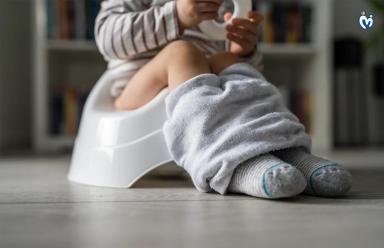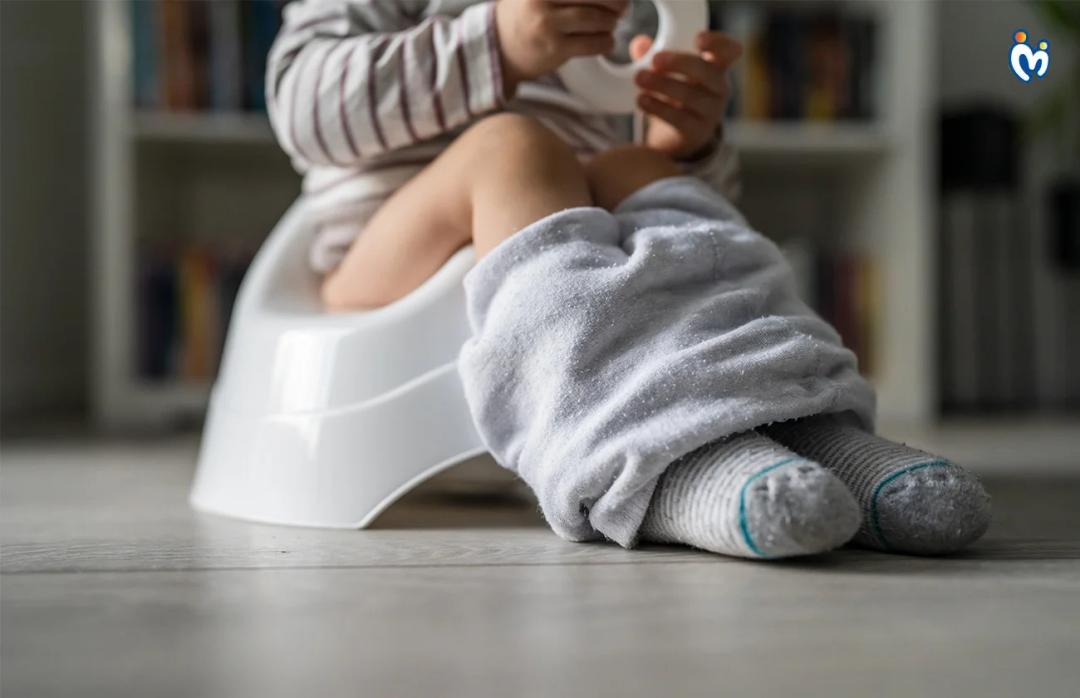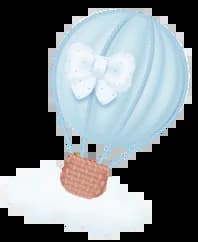Parents and children share a significant milestone when they embark on the journey of toilet training their toddlers. While it may seem daunting at first, with patience, consistency, and a few helpful tips, you can navigate this transition smoothly and successfully. Here are five essential toilet training tips to help your toddler become toilet-trained.
1. Start at the Right Time
The key to successful toilet training is timing. While there's no one-size-fits-all approach, most children show readiness signs between 18 months and 3 years. Look for cues such as staying dry for longer, showing interest in the bathroom, or expressing discomfort with dirty diapers. Once you notice these signs, it's time to introduce toilet training gradually.
2. Create a Routine
Consistency is key when it comes to toilet training. Establish a regular bathroom routine by encouraging your toddler to sit on the potty at set times throughout the day, such as after meals or upon waking. Praise and positive reinforcement are essential during this process, so be sure to celebrate small victories and offer encouragement, even for small steps in the right direction.
In the early stages of toilet training, your toddler may still rely on diapers for added security and comfort. MamyPoko Pants Extra Absorb make the perfect companion for your toddler with their up to +60% Deep Absorption and 2X protection from Thigh Leaks, ensuring a deep sleep for both babies and moms. The additional 3rd layer deeply absorbs urine for up to 12 hours, preventing wetness on the top sheet and leaks without becoming soggy.
3. Make it Fun and Engaging
Toilet training doesn't have to be a chore – turn it into a fun and engaging experience for your toddler. Consider using colourful potties, special toilet training books, or reward charts to make the process more enjoyable. Singing songs, playing games, or reading stories while sitting on the potty can also help distract and relax your child, making them more receptive to the idea of using the toilet.
4. Lead by Example
Children learn best by imitation, so be sure to lead by example when it comes to toilet training. Let your toddler observe you or older siblings using the toilet, and explain what you're doing in simple, age-appropriate language. This can help simplify the process and make it seem less intimidating for your child.
5. Be Patient and Supportive
Above all, remember that toilet training is a process that takes time and patience. While setbacks and accidents will undoubtedly occur along the way, it's crucial to remain calm and supportive. Avoid punishment or criticism for accidents, as this can create anxiety and hinder progress. Instead, offer reassurance, praise efforts, and provide plenty of opportunities for practice and learning.
Toilet training is a significant developmental milestone for toddlers and an exciting time for parents. These five essential tips can help your toddler manage this transition with confidence and success. Remember to be patient, consistent, and supportive, and celebrate each milestone along the way. With time and encouragement, your toddler will soon master toilet training and take another step toward independence and growth.
FAQ's
Q. When should I start toilet training my toddler?
Ans.Most toddlers are ready between 18 months and 3 years. Look for signs like staying dry longer, showing interest in the bathroom, or discomfort with dirty diapers. Every child is different, so wait for cues before starting the toilet training process gradually and positively.
Q. How do I know if my toddler is ready for toilet training?
Ans.Signs of readiness include staying dry for 2+ hours, following simple instructions, showing interest in toilets, and being able to sit and stand independently. Emotional readiness, like showing discomfort with dirty diapers or wanting privacy, also indicates it’s time to begin training gently.
Q. What is the best routine for toilet training?
Ans.Create a consistent routine by having your child sit on the potty after waking, before naps, after meals, and before bedtime. Routine builds comfort and predictability, helping your toddler associate certain times with potty use. Always praise small successes to encourage participation and confidence.
Q. How can I make toilet training fun for my child?
Ans.Use colorful potties, interactive books, reward charts, and games to make the experience enjoyable. Read a story or sing a potty song while they sit. Making the process playful reduces anxiety and keeps toddlers engaged, helping them feel more relaxed and motivated to learn.
Q. What if my toddler refuses to use the potty?
Ans.Refusal is normal. Avoid pressure or punishment. Take a break and try again later with encouragement and fun activities. Offer choices like which potty to use or a sticker reward. Stay calm and patient—forcing the issue can create fear and delay progress.
Q. Should I stop using diapers during toilet training?
Ans.In the beginning, it's fine to continue using diapers or training pants, especially during naps and nighttime. Gradually transition to underwear during the day as your child gains confidence. Products like MamyPoko Pants can help manage accidents while offering comfort and support during early training.
Q. How long does toilet training usually take?
Ans.Toilet training can take a few weeks to several months depending on your child’s readiness and temperament. Consistency, positive reinforcement, and a relaxed approach help speed up the process. Avoid comparing timelines with others, as each child learns at their own pace.
Q. What should I do about nighttime toilet training?
Ans.Night training often takes longer than daytime. Wait until your child stays dry through the night consistently. Use absorbent overnight diapers like MamyPoko Pants for comfort. Encourage bathroom trips before bedtime and avoid too many fluids late in the evening. Be patient—night control develops slowly.
Q. How can I handle accidents without discouraging my child?
Ans.Stay calm and avoid punishment. Gently remind them it’s okay and help them clean up. Praise them for trying and encourage using the potty next time. Keeping the environment supportive reduces fear and builds confidence, helping your child stay motivated and learn from mistakes.
Q. Is it okay to take breaks during toilet training?
Ans.Yes, taking breaks is perfectly fine if your child is resisting or stressed. Restart after a week or two with a fresh, positive approach. Pressure-free breaks help avoid negative associations. Continue talking about the potty in a casual, friendly way to maintain interest during the pause.
















